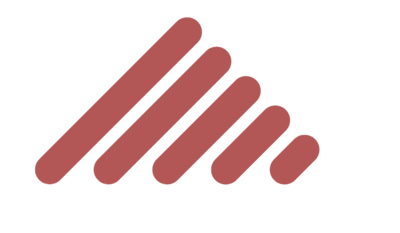October 2025 - Journal_FINAL_e - Flipbook - Page 11

Nutrition
there’s a catch. When SBM increases beyond 30%, feed
intake is also reduced. When high SBM is paired with
increasing levels of DDGS, the reduction in intake and
gain is two-fold (Giacomini et al., 2025). It’s all about
balance and choosing your feed ingredients wisely.
Pipestone Nutrition did a trial comparing two diets:
• Diet 1: Corn-soybean meal only, no DDGS or
added fat
• Diet 2: Corn-soybean meal with 15% DDGS and
1% added fat
Diets were balanced with the same energy and cost
per pound. The result? The DDGS-fed pigs ate 2% less
feed and gained 2% less, even though feed ef昀椀ciency
stayed the same (Figure 1). This translated to a $0.82
per pig reduction in margin over feed cost (MOFC).
This tells us the diets were balanced correctly, but
either the bulk density of the diet prevented pigs from
eating more, or they didn’t like the taste of the DDGS.
What does this mean for you?
Distillers’ usage has dropped over the last 6 months.
With DDGS pricing holding relatively 昀氀at as corn and
SBM prices have lowered, many nutritionists have
pulled DDGS out of the diet entirely. With hog markets
holding strong, there’s even less reason to gamble on
ingredients that might cost you in performance. Until
DDGS quality is better understood or the commodity
market shifts, DDGS will remain at lower inclusion
rates in most swine diets as nutritionists opt to stick
with proven corn-soybean meal-based diets. In the
meantime, we aim to 昀椀nd out what has changed so that
when commodity prices do increase, we can effectively
feed DDGS to maximize pro昀椀tability.
Figure 1. Effects of added fat in 15% DDGS diets on growth performance and economics in the early
昀椀nisher period (MOFC was calculated using the following pricing: Corn = $0.072; SBM = $0.159; DDGS =
$0.076; Fat = $0.638; Corn+SBM = $0.110/lb.; DDGS+Fat = $0.112/lb.; Pig Price = $1.05).
FALL 2025 | 11